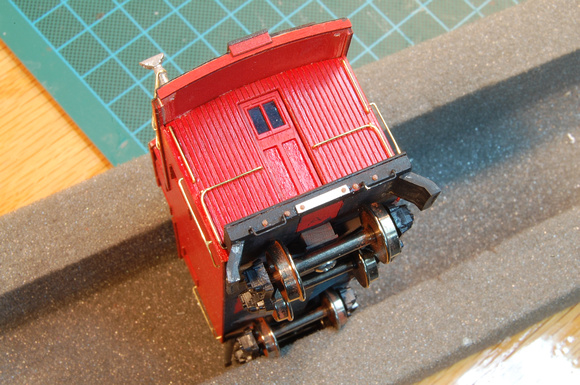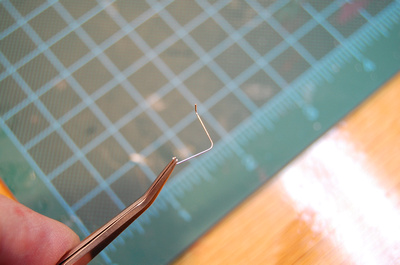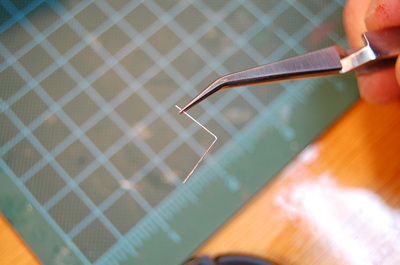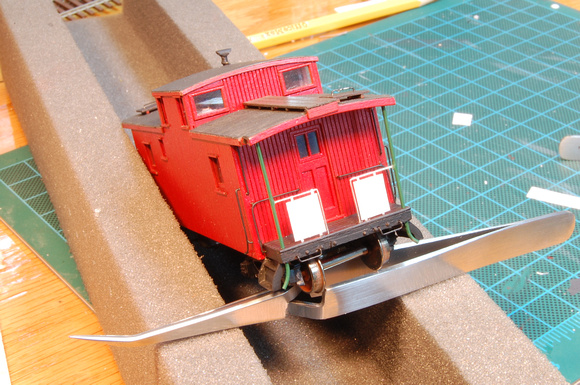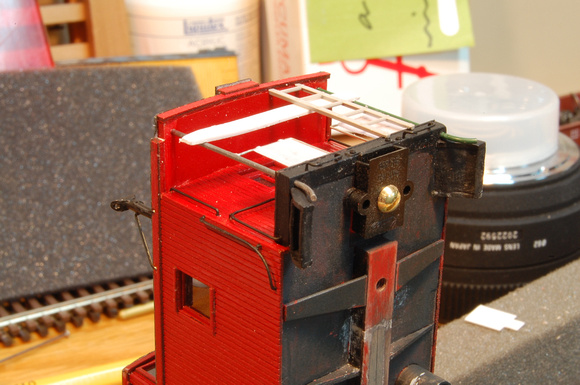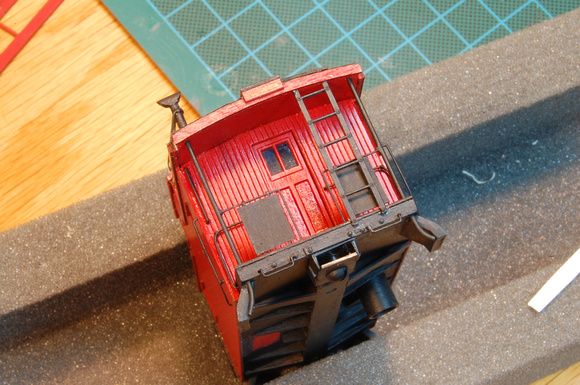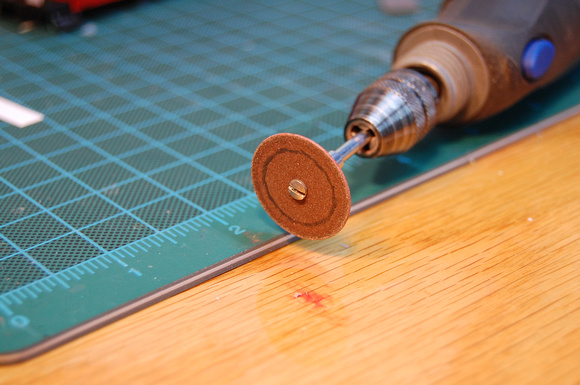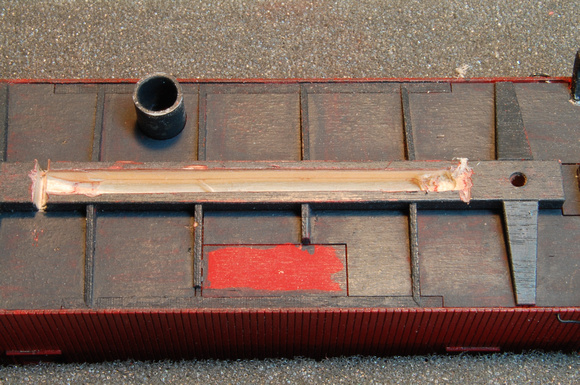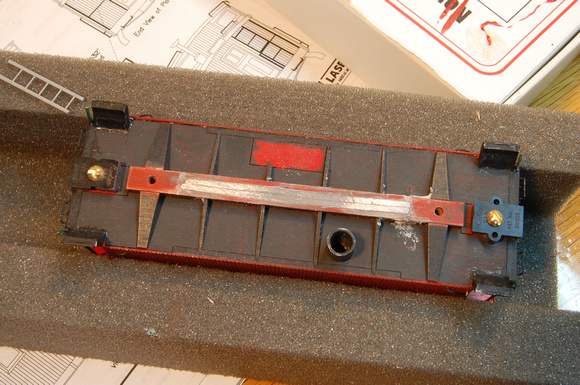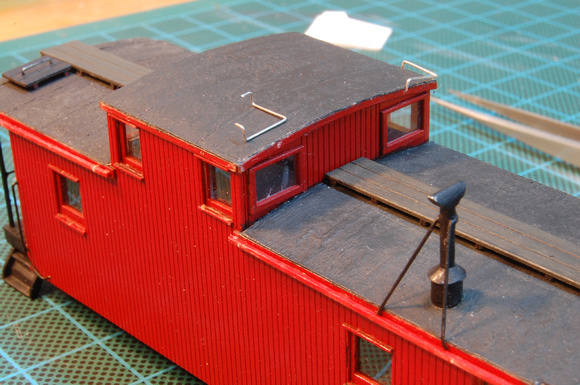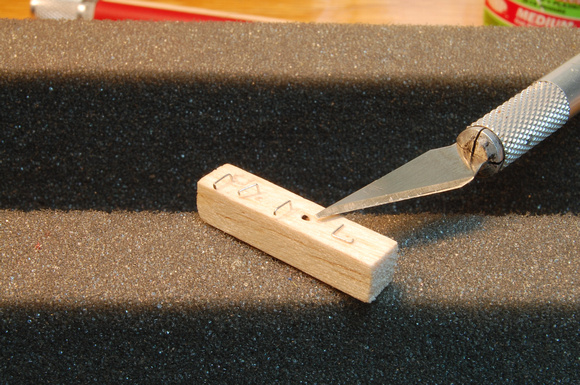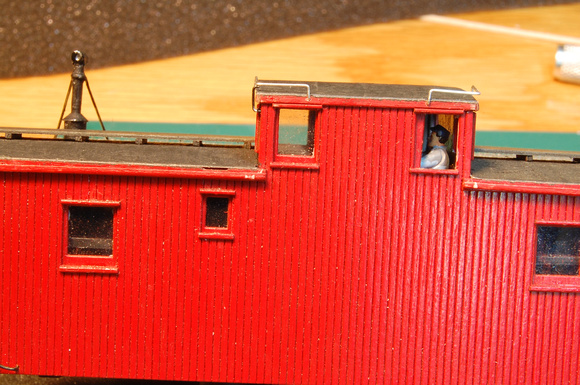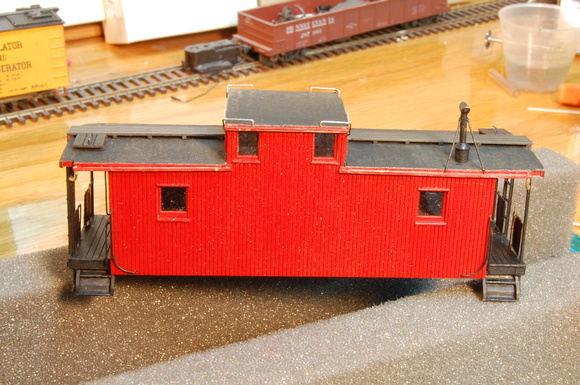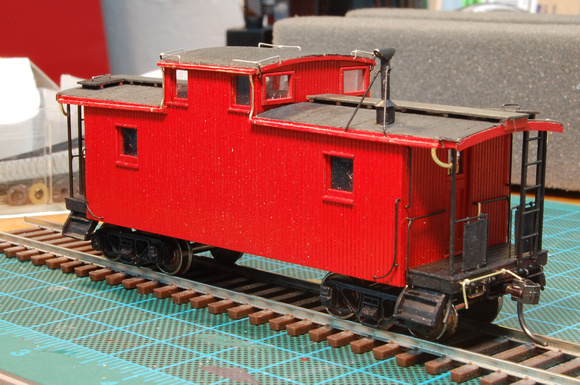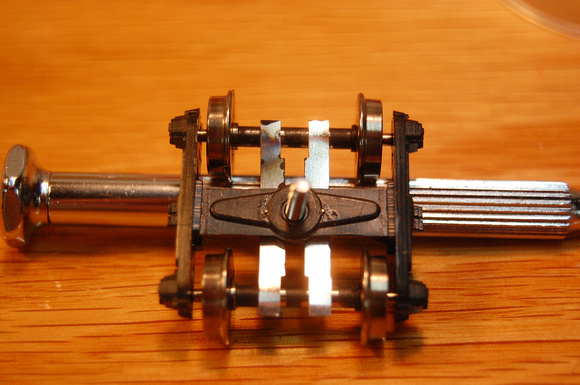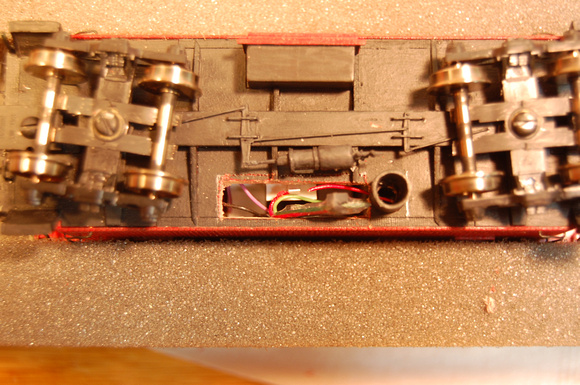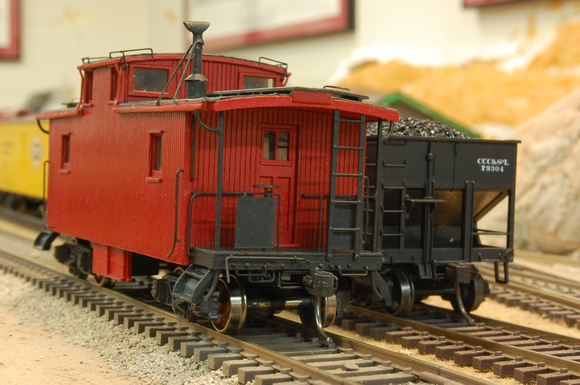Thanks as always for the advice doctorwayne. I've learned the cut off wheel trick after damaging a good pair of xuron cutters (doh). School of hard knocks, I suppose - I simply didn't expect the stuff to be as hard as it was. Since that photo was taken I've squared that "pinch" from the side cut with a cut off wheel.
For the lighter gauge stuff (up to .015") that's *not* steel, I've had good luck with scissors. The bypass cut prevents the little burrs that sidecuts produce. I'll have to try the Xacto trick for the bigger stuff.
Sarge; I'm glad to be able to contribute to the "body of knowledge" on this board. I know I've benefited from other folks contributions (doctorwaynes above being the most recent example!).
Fluesheet
For the lighter gauge stuff (up to .015") that's *not* steel, I've had good luck with scissors. The bypass cut prevents the little burrs that sidecuts produce. I'll have to try the Xacto trick for the bigger stuff.
Sarge; I'm glad to be able to contribute to the "body of knowledge" on this board. I know I've benefited from other folks contributions (doctorwaynes above being the most recent example!).
Fluesheet


